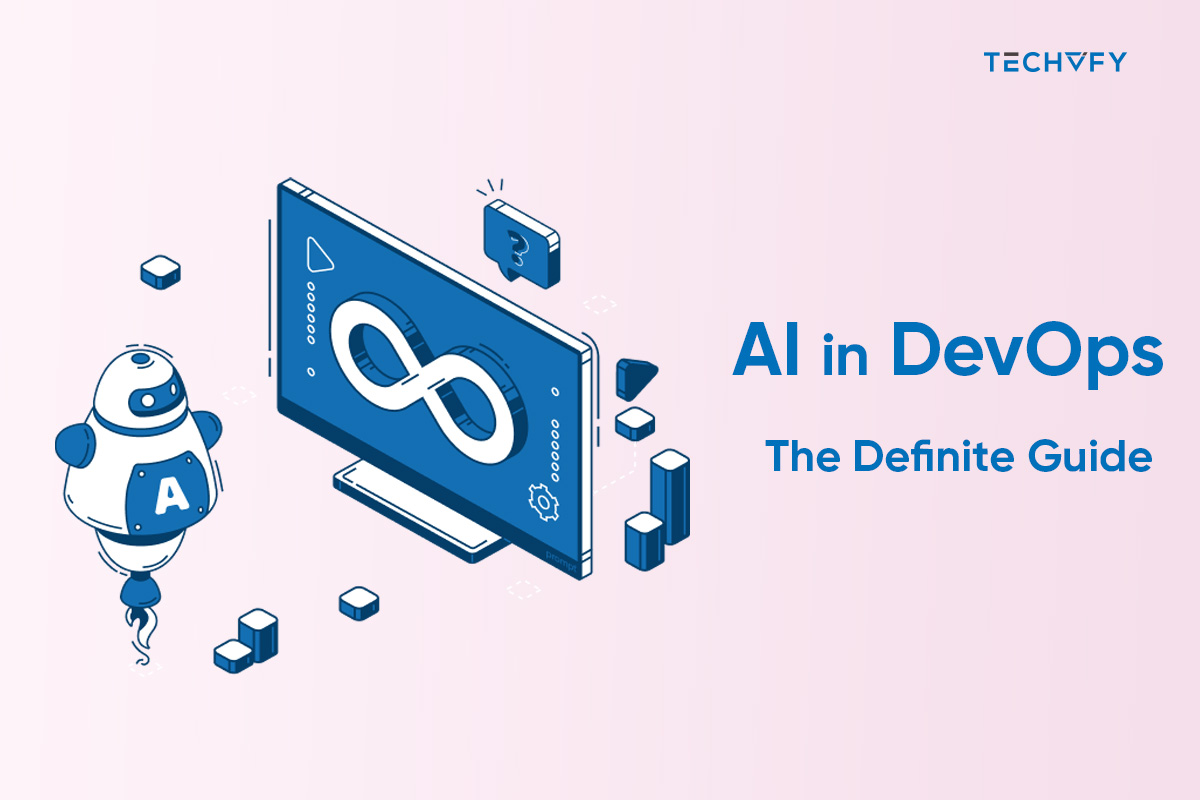Success in the fast-paced business world depends on staying ahead of the curve. Enterprises embrace cutting-edge techniques to improve customer experience, optimize operations, and obtain a competitive edge as technology changes the landscape. Among these developments, chatbots have become an essential tool that has the potential to change how companies communicate with their customers. In this article, TECHVIFY will explore “What is chatbot development?” to find the ideal platform and latest trends, providing insights for beginners and experts.
I. What Is a Chatbot?
A chatbot is a software program that simulates a conversation with human users. Customer service chatbots provide 24/7 support by answering questions. They can also serve as a source of entertainment, for instance, by playing games or narrating stories.
Simple chatbots are often rule-based, meaning that they follow a set of instructions to generate responses. For example, a chatbot designed to answer questions about a product might have a rule that says, “If the user asks a question about the product’s price, respond with the product’s price.”
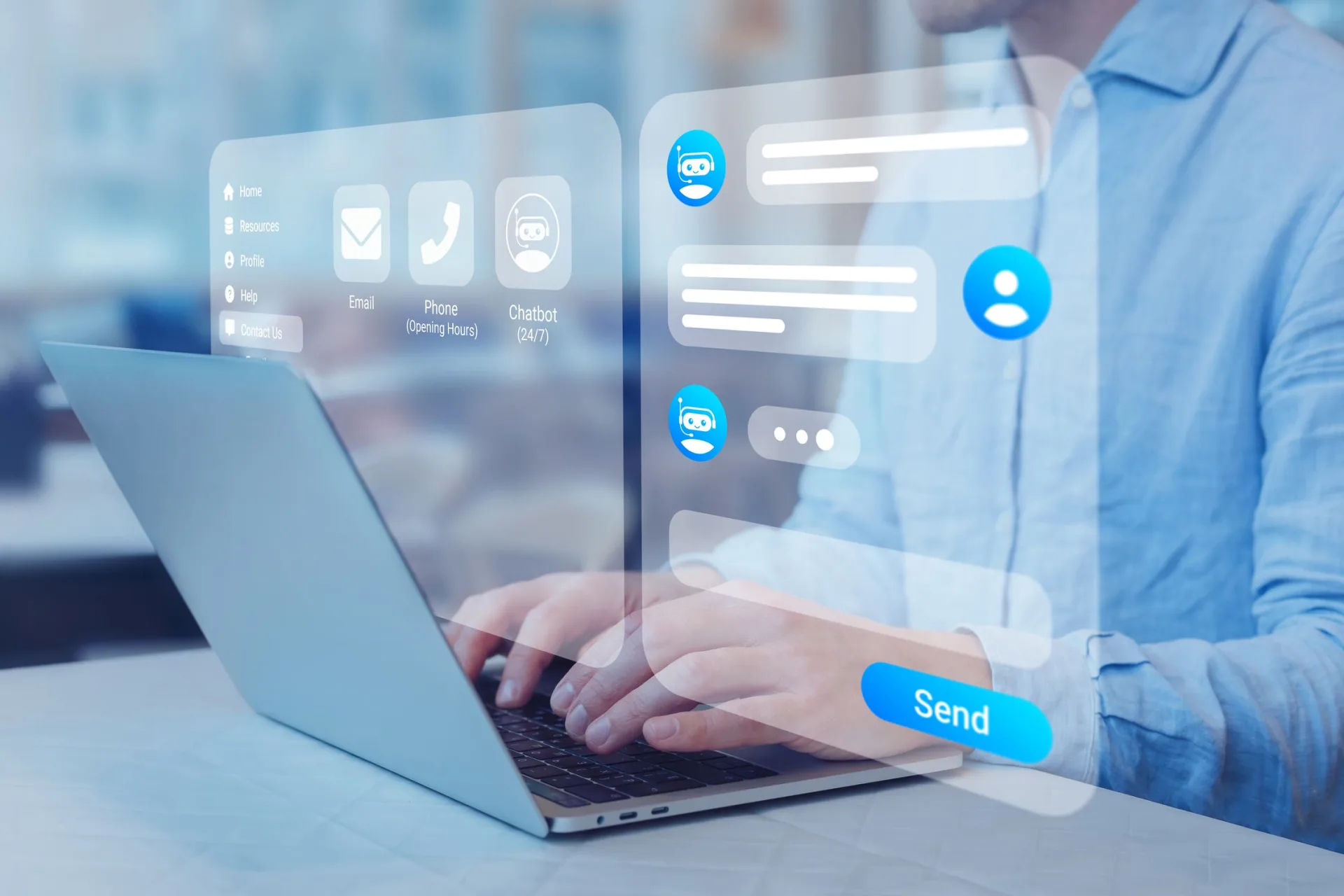
II. The Benefits of Chatbots for Businesses
| Cost-Effectiveness | Utilizing chatbots can significantly lessen the workload for human customer support agents, resulting in substantial cost savings as it enables personnel to concentrate on more intricate tasks. |
| Automation of Repeated Chats | Chatbots are particularly good at handling routine and repetitive jobs, providing information quickly, answering commonly requested queries, and assisting users with simple tasks. This trait allows staff to concentrate on more intricate and customized interactions. |
| Consistent Responses | Chatbots ensure that every consumer receives consistent information by responding to their requests consistently. This tool helps to keep the standard of customer service constant. |
| Instant Responses | Customers appreciate quick responses, and chatbots can provide instant answers, improving the overall customer experience by reducing wait times and increasing efficiency. |
| Scalability | Because they are scalable, chatbots can manage several conversations simultaneously without increasing costs. They are, therefore, a good fit for companies that deal with varying volumes of client inquiries. |
| Cross-Channel Integration | Websites, social media platforms, and messaging applications easily integrate chatbots. This trait allows companies to be consistent online and facilitate interactions across several platforms. |
Dive into the world of chatbot with our most recent insights:
III. Best Chatbot Development Platforms
1. Chatfuel
A simple and easy-to-use tool for building chatbots on Facebook and Instagram is Chatfuel. These bots interact with users by tapping buttons. Essential functions offered by the platform include data collection in Messenger discussions and automatically sharing updates with clients. Create use cases and user stories, review the pre-built solutions, and adhere to the offered tutorials to get started. If businesses want to create their first bot on their own, Chatfuel is a great option.
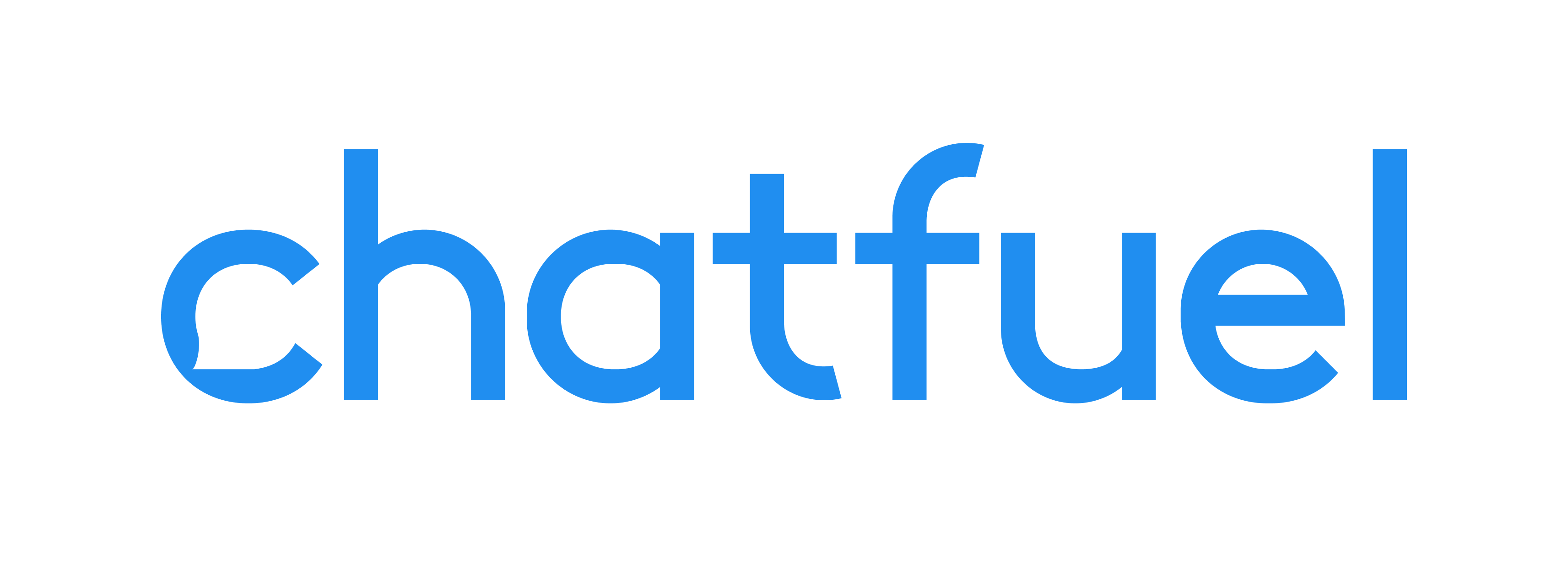
2. Botsify
Botsify’s multi-channel chatbot builder enables the creation of chatbots across multiple platforms such as websites, Slack, Facebook pages, and SMS. It provides capabilities like automated client support using ML, Smart AI, and plugin integration. Following a two-week free trial, customers of Botsify can select a subscription plan.
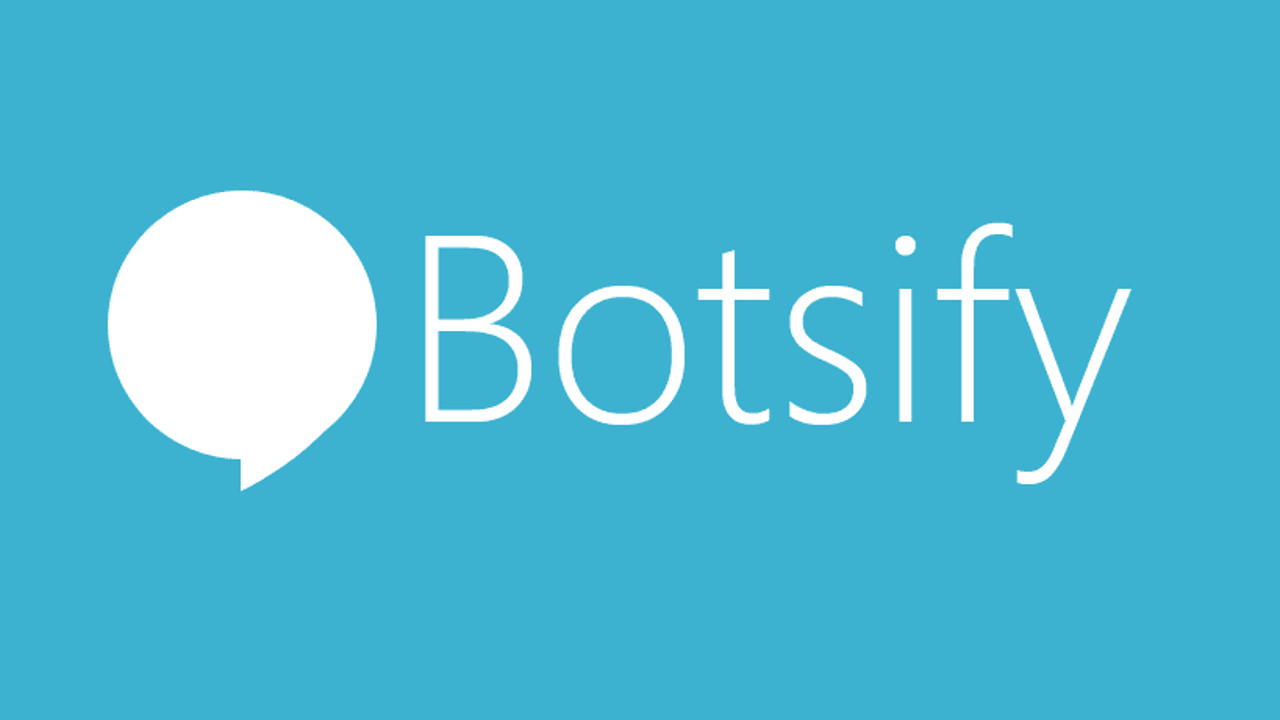
3. FlowX©
FlowX© actively supports the creation of chatbots for websites, mobile apps, and social media platforms. It simplifies the development process with easy-to-use navigation and abundant ready-to-use templates. In addition to supporting several languages, Flow XO may deliver push notifications when necessary.
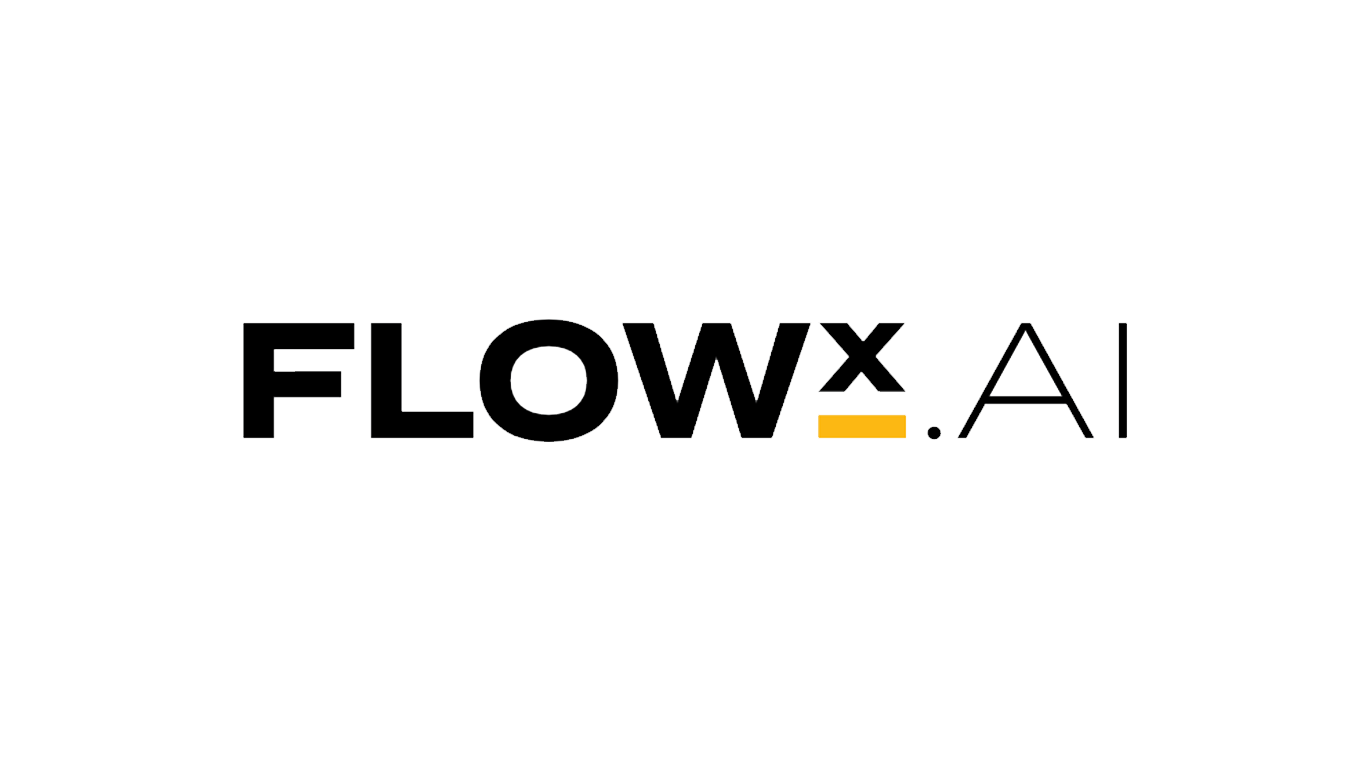
4. QnAMaker
To create chatbots that actively respond to commonly asked questions (FAQs), Microsoft created QnA Maker. To create a chatbot with an intuitive UI, you only have to publish the FAQ pages, which speeds up the development process. The end product will be a self-learning bot that speaks about fifty different languages.

5. Motion.AI
HubSpot developed Motion.AI to create robust bots. With the help of this chatbot builder, users may establish and implement chatbots on platforms such as Facebook and Slack. Users can create two proficient chatbots every month, each sized for 1000 messages.

IV. Chatbot Development Process: Step by Step
-
- Defining Role & Setting Goals
Clearly state the purpose you have in mind for the bot and set specific objectives. Consider how the bot will improve productivity, save time, or provide other advantages. Start small with simple goals and work up as your business needs change.
-
- Knowing your Audience
Any chatbot’s success depends on a thorough grasp of the target audience. Determine customer’s demographics, understand their requirements, and foresee any queries they might have. To give your bot answers to commonly asked questions, analyze previous interactions. The bot’s success greatly relies on your familiarity with your customer base.
-
- Choosing the Right Deployment Platform
Selecting the appropriate deployment platform is pivotal, depending on whether the bot is for internal use or customer interaction. If customer-facing, deploy on platforms that align with your customer’s preferences, such as your company website, Skype, Facebook, Slack, or Kik. Regularly assess the value the bot adds to your business during interactions.
-
- Building a Conversational UI
Creating an intelligent bot that understands questions in different ways is essential. The bot needs to give accurate and precise answers in a smooth conversation. To start making the bot, you first create a plan for the discussion. This plan helps the bot give reasonable solutions that can work for many different situations.
-
- Establishing Dialog Flow
Setting up a clear way for the bot to talk is critical to handling all user questions. Consider different ways people might ask things and ensure the bot can give good answers. Using Random Prompting, a helpful trick in making chatbots, makes the conversations more exciting and flexible.
-
- Learning from Past Chats
How people have talked to the bot before is a great way to teach it. Keep track of what people say in chats to build realistic examples. Think about different languages and common mistakes people might make. This information helps the bot smartly answer all kinds of questions.
-
- Picking the Platform & Right Development Approach
The choice between a rule-based response and machine learning depends on the nature of user questions. Your chatbot can learn from previous interactions and adapt to increasingly complex conversations thanks to machine learning. Use a rule-based strategy without training data, recognizing keywords, and creating responses according to pre-established rules.
-
- Rigorous Testing
Engage a diverse team to conduct real-user testing, covering various scenarios. Continuous testing and periodic revisions of your Natural Language Understanding (NLU) components are essential to achieving optimal accuracy. Post-deployment, closely monitor initial interactions and continually incorporate user feedback to enhance the bot’s performance and engagement.
Got a Vision for GenAI Chatbot Development?
Reach out to our expert team for a free consultation. We’ve successfully delivered a cutting-edge GenAI chatbot for a major client, and we’re ready to help you navigate the development process, clarify the next steps, and provide you with a precise project estimate.
V. Chatbot Trends In 2025
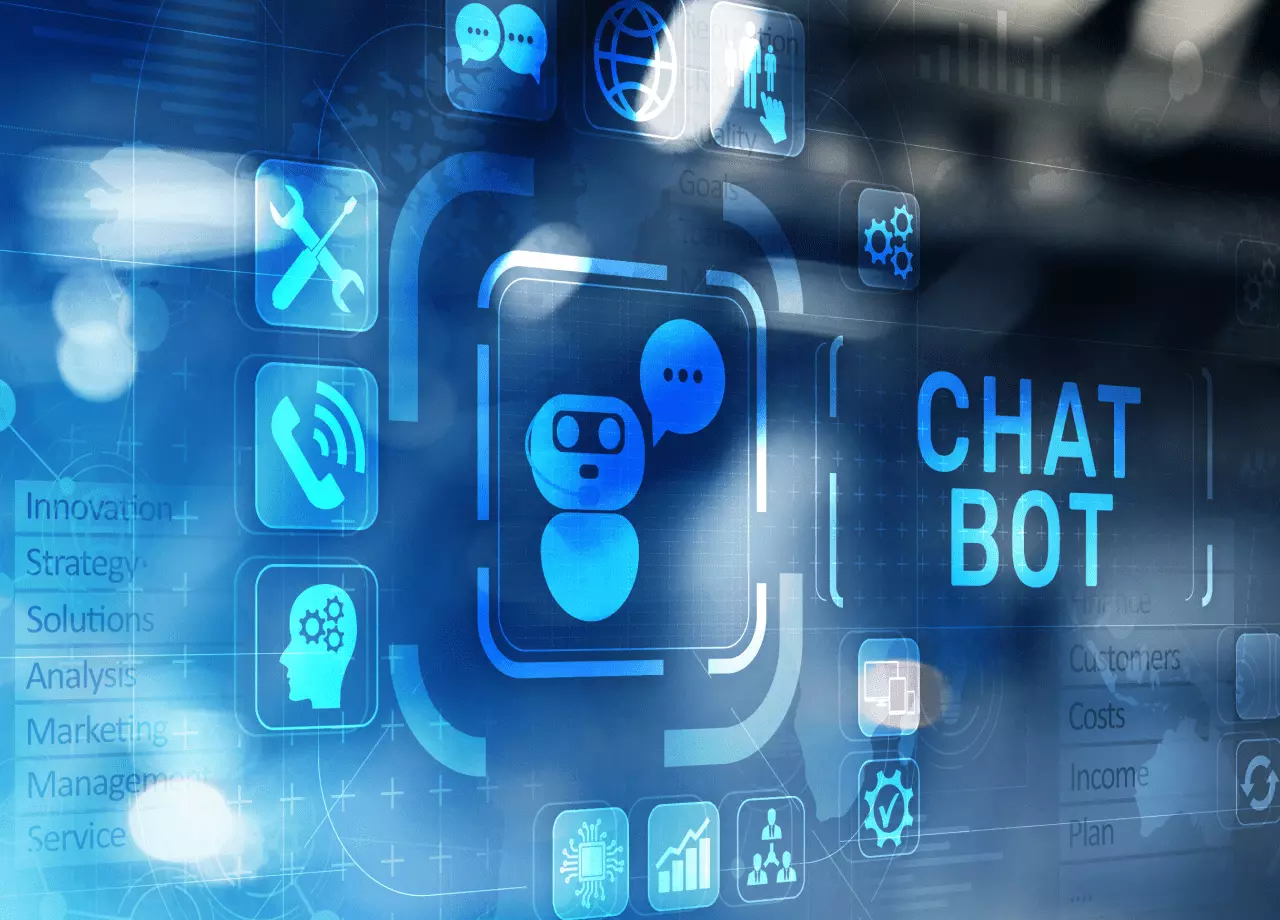
Discover the latest trends in building chatbots for 2025, including:
-
- Conversational AI
Chatbots are improving at having natural conversations with people, thanks to advancements in artificial intelligence (AI) and natural language processing (NLP).
-
- Voice-Activated Chatbots
More and more people are using voice-activated chatbots because they offer a convenient, hands-free way to interact with businesses.
-
- Specialized Chatbots for Specific Industries
Developers are creating chatbots for specific industries, like healthcare, finance, and retail. This characteristic enables chatbots to adapt to particular sectors.
-
- Omnichannel Experiences
Chatbots are now working alongside other customer service channels, like live chat and phone support. This integration allows businesses to offer their customers a smooth, all-encompassing experience.
-
- Ongoing Learning
Chatbots are constantly learning from user input and interactions. Developers use this data to improve chatbot functionality. Staying current with these advancements is essential for companies employing chatbots to provide better customer service, streamline workflows, and improve user experiences.
-
- Personalization at Scale
Chatbots are getting more and more customized. By analyzing user data, they may offer personalized responses and recommendations that increase user satisfaction and engagement.
-
- Global Communication
Multilingual chatbots are becoming more and more in demand as organizations grow internationally. These chatbots are multilingual and can communicate with a wide range of users.
Conclusion
Businesses can maximize impact by leveraging these best chatbot platforms. Chatfuel excels for user-friendly independent bot creation, while Botsify automates client assistance through ML and Smart AI. FlowX© simplifies with easy navigation, and QnAMaker, a Microsoft creation, excels in developing intuitive chatbots. Motion.AI by HubSpot is a proficient choice for robust bots on platforms like Facebook and Slack. Key steps involve defining roles, understanding the audience, and crafting a conversational UI.
Trends for 2025 include the evolution of conversational AI, voice-activated chatbots, industry-specific solutions, low-code development, real-time information delivery, and omnichannel integration. Embracing these trends positions businesses to enhance customer satisfaction and streamline operations.
If your business needs advice from a chatbot or AI chatbot development company, contact experts in TECHVIFY now. We can solve any tech issues and provide smooth communication to offer the most high-quality chatbot for your company. Feel free to have a consultation meeting with us!





